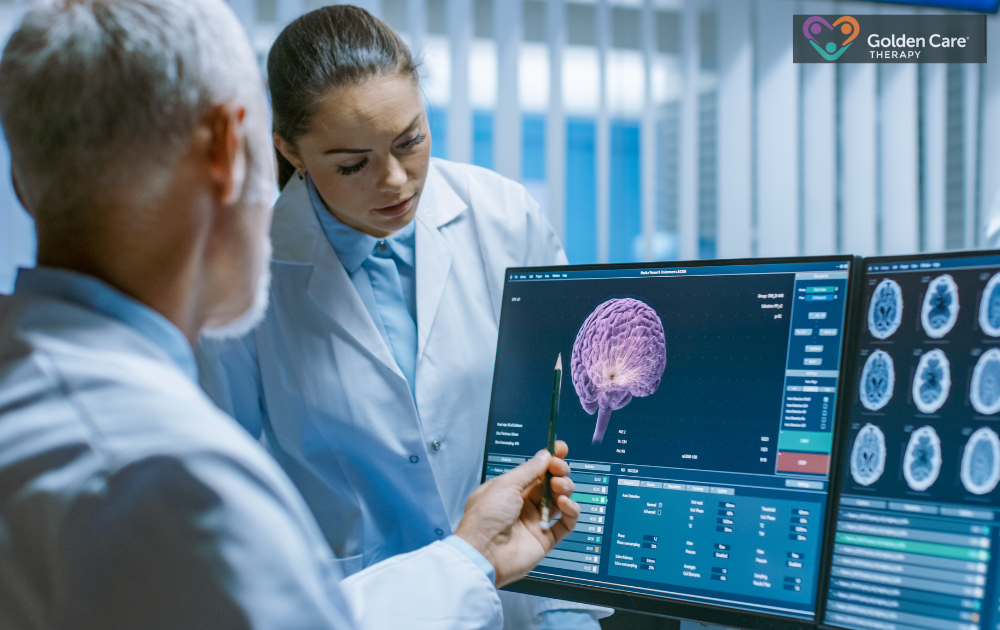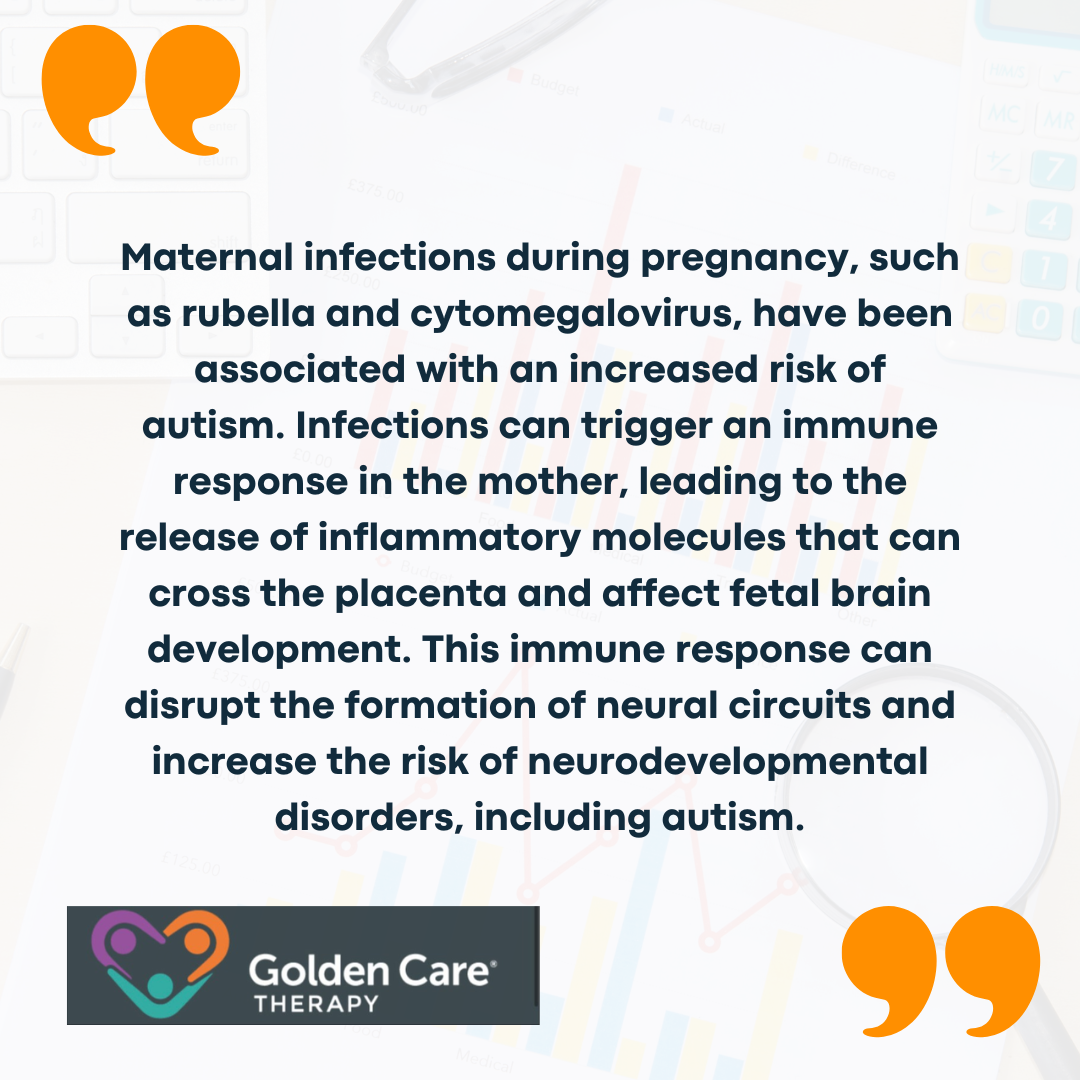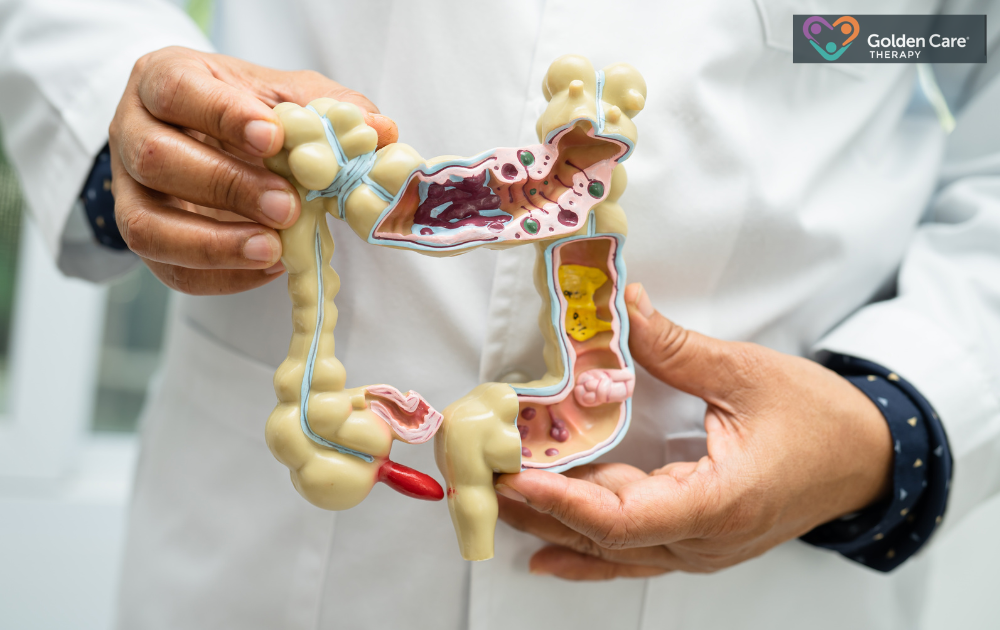The exact causes of autism are not fully understood, but research has highlighted several biological factors that may contribute to the development of the disorder. These factors include genetic influences, brain structure abnormalities, prenatal environmental exposures, and neurochemical imbalances.
In this article, we’re going to delve into the biological causes of the condition.

Genetic Influences on Autism
Genetics plays a significant role in the development of autism. Numerous studies have identified various genes that are associated with an increased risk of developing ASD. These genes are involved in brain development and function, and mutations or variations in these genes can affect how the brain processes information.
One of the most well-studied genetic factors in autism is the role of de novo mutations. These are genetic changes that occur spontaneously and are not inherited from the parents. Studies have shown that de novo mutations in certain genes can increase the risk of autism.
For example, mutations in the genes CHD8, SCN2A, and SYNGAP1 have been linked to an increased risk of ASD. These genes are involved in critical brain functions, such as synaptic signaling and neuronal development.
In addition to de novo mutations, inherited genetic variations also contribute to the risk of autism. Autism tends to run in families, and siblings of individuals with autism are at a higher risk of developing the disorder. Twin studies have provided further evidence of the genetic basis of autism.
Identical twins have a higher rate of concordance for autism than fraternal twins, who share only 50% of their genetic material. This suggests that genetic factors play a crucial role in the development of ASD.

Brain Structure and Function
Abnormalities in brain structure and function have been observed in individuals with autism. These abnormalities can affect various regions of the brain, including the cerebral cortex, amygdala, and cerebellum. These brain regions are involved in processes such as social interaction, emotion regulation, and motor coordination.
One of the key findings in autism research is the presence of early brain overgrowth in some children with ASD. Studies using magnetic resonance imaging (MRI) have shown that certain areas of the brain, such as the frontal cortex, are larger in young children with autism compared to typically developing children.
This overgrowth is thought to result from an increase in the number of neurons and synapses, leading to atypical neural connectivity and impaired communication between brain regions.
The amygdala, a brain region involved in processing emotions, has also been implicated in autism. Research has shown that the amygdala is often enlarged in children with autism. This enlargement may contribute to difficulties in recognizing and responding to social cues, which are common in individuals with ASD.
The cerebellum, a brain region involved in motor coordination and cognitive processes, is another area of interest in autism research. Studies have found that the cerebellum is often smaller in individuals with autism. This reduction in cerebellar size may be linked to the motor difficulties and repetitive behaviors observed in individuals with ASD.
Prenatal Environmental Exposures
Prenatal environmental factors can also influence the risk of developing autism. Exposure to certain environmental agents during critical periods of brain development can disrupt normal neural development and increase the risk of ASD. These agents include maternal infections, toxins, and medications.

Exposure to certain toxins during pregnancy, such as pesticides and heavy metals, has also been linked to an increased risk of autism. These toxins can interfere with normal brain development by disrupting the growth and migration of neurons.
For example, exposure to high levels of air pollution during pregnancy has been associated with an increased risk of autism. Air pollutants, such as particulate matter and heavy metals, can cross the placenta and affect fetal brain development, leading to an increased risk of neurodevelopmental disorders.
Medications taken during pregnancy can also influence the risk of autism. For instance, the use of valproic acid, an anticonvulsant medication, during pregnancy has been associated with a higher risk of autism in the offspring. Valproic acid can interfere with neural tube development and disrupt the formation of neural circuits, increasing the risk of ASD.
Neurochemical Imbalances
Neurochemical imbalances in the brain have been implicated in the development of autism as well. These imbalances can affect the levels and functioning of neurotransmitters, which are chemicals that transmit signals between neurons. Abnormalities in neurotransmitter systems can disrupt neural communication and contribute to the symptoms of autism.
One of the key neurotransmitter systems involved in autism is the serotonin system. Serotonin is a neurotransmitter that plays a crucial role in mood regulation, social behavior, and cognitive functions.
Studies have shown that individuals with autism often have elevated levels of serotonin in their blood. This finding has led to the hypothesis that abnormalities in the serotonin system may contribute to the development of autism. For example, genetic variations in the serotonin transporter gene have been associated with an increased risk of ASD.
The gamma-aminobutyric acid (GABA) system is another neurotransmitter system that has been implicated in autism. GABA is an inhibitory neurotransmitter that regulates neuronal excitability and maintains the balance between excitation and inhibition in the brain.
Studies have found that individuals with autism have alterations in GABA signaling, which can lead to an imbalance between excitation and inhibition in the brain. This imbalance can disrupt normal brain function and contribute to the symptoms of autism.
The Role of Epigenetics
Epigenetics refers to changes in gene expression that do not involve alterations in the DNA sequence. These changes can be influenced by environmental factors and can affect how genes are turned on or off. Epigenetic modifications can play a significant role in the development of autism by influencing the expression of genes involved in brain development and function.
One of the key epigenetic mechanisms involved in autism is DNA methylation. DNA methylation is the addition of a methyl group to the DNA molecule, which can affect gene expression. Abnormalities in DNA methylation patterns have been observed in individuals with autism.
These abnormalities can lead to the dysregulation of genes involved in neural development and synaptic function, contributing to the development of ASD.
Histone modifications are another epigenetic mechanism that can influence gene expression. Histones are proteins that help in packaging DNA into chromatin. When histones are modified chemically, it can affect the accessibility of DNA to transcriptional machinery and influence gene expression.
Studies have shown that individuals with autism have alterations in histone modification patterns, which can affect the expression of genes involved in brain development and function.
Immune System Dysfunction
Dysfunction of the immune system has also been implicated in the development of autism. The immune system plays a crucial role in maintaining brain health and regulating neural development. Abnormalities in immune system function can lead to neuroinflammation and disrupt normal brain development, increasing the risk of autism.
One of the key findings in autism research is the presence of neuroinflammation in individuals with ASD. Studies have shown that individuals with autism have elevated levels of inflammatory molecules, such as cytokines, in their brains and blood. Neuroinflammation can disrupt the formation of neural circuits and impair synaptic function, contributing to the symptoms of autism.
Autoimmune disorders, in which the immune system mistakenly attacks the body’s own tissues, have also been associated with an increased risk of autism.
For example, maternal autoimmune disorders, such as rheumatoid arthritis and lupus, have been linked to an increased risk of autism in the offspring. Autoimmune disorders can lead to the production of autoantibodies that can cross the placenta and affect fetal brain development.

The Gut-Brain Axis
The gut-brain axis refers to the bidirectional communication between the gut and the brain. Emerging research has shown that the gut microbiome, the community of microorganisms living in the digestive tract, can influence brain function and behavior. Alterations in the gut microbiome have been observed in individuals with autism, suggesting that the gut-brain axis may play a role in the development of the disorder.
Studies have found that individuals with autism often have differences in the composition and diversity of their gut microbiome compared to typically developing individuals. These differences can affect the production of metabolites and signaling molecules that influence brain function.
For example, certain bacteria in the gut produce short-chain fatty acids, such as butyrate, which have neuroactive properties and can affect brain function and behavior.
The gut-brain axis may also influence autism through the regulation of the immune system. The gut microbiome plays a crucial role in the development and function of the immune system. Alterations in the gut microbiome can lead to immune system dysregulation and neuroinflammation, which can affect brain development and increase the risk of autism.
The Role of Parental Age
Parental age at the time of conception has also been identified as a risk factor for autism. Studies have shown that advanced parental age, particularly paternal age, is associated with an increased risk of autism in the offspring. The exact mechanisms underlying this association are not fully understood, but several hypotheses have been proposed.
One hypothesis is that advanced parental age is associated with an increased risk of de novo mutations. As individuals age, the likelihood of accumulating genetic mutations increases. These mutations can be passed on to the offspring and increase the risk of neurodevelopmental disorders, including autism. For example, older fathers are more likely to have mutations in sperm DNA, which can be transmitted to the offspring and increase the risk of ASD.
Another hypothesis is that advanced parental age is associated with changes in epigenetic modifications. As individuals age, their epigenetic profiles can change, which can affect gene expression and increase the risk of neurodevelopmental disorders.
For example, studies have shown that older parents have alterations in DNA methylation patterns, which can be transmitted to the offspring and affect brain development.
By gaining a deeper understanding of the biological causes of autism, researchers can develop targeted therapies and interventions that address the underlying mechanisms of the disorder. This knowledge can also inform early diagnosis and personalized treatment approaches, improving the quality of life for individuals with autism and their families.
As research continues to uncover the complexities of autism, it is essential to consider the interplay between genetic, environmental, and neurochemical factors in order to develop comprehensive and effective strategies for understanding and supporting individuals with autism.
For families seeking support, in-home ABA therapy in NJ, Indiana, Georgia, and New York is available through Golden Care Therapy. Contact us to book an appointment or learn more about our services.
Sources:
https://www.nichd.nih.gov/health/topics/autism/conditioninfo/causes
https://www.autismparentingmagazine.com/what-are-the-possible-causes-of-autism



